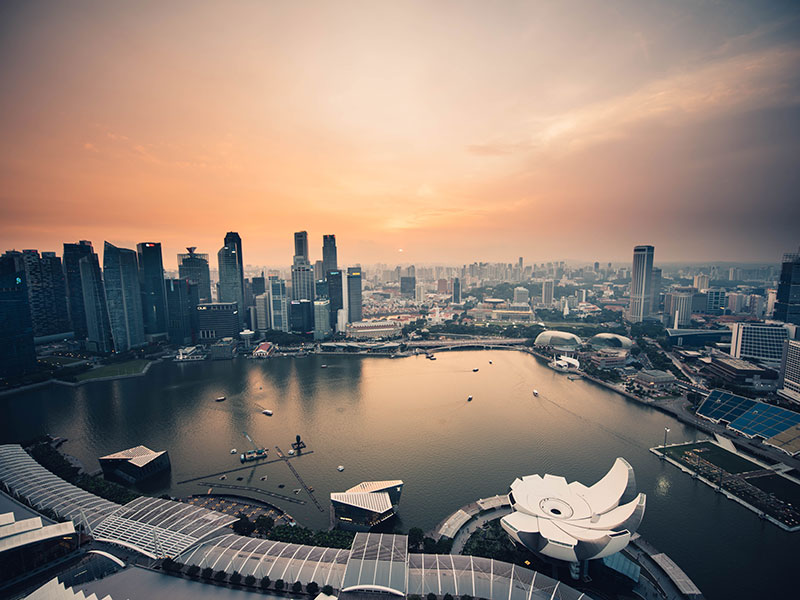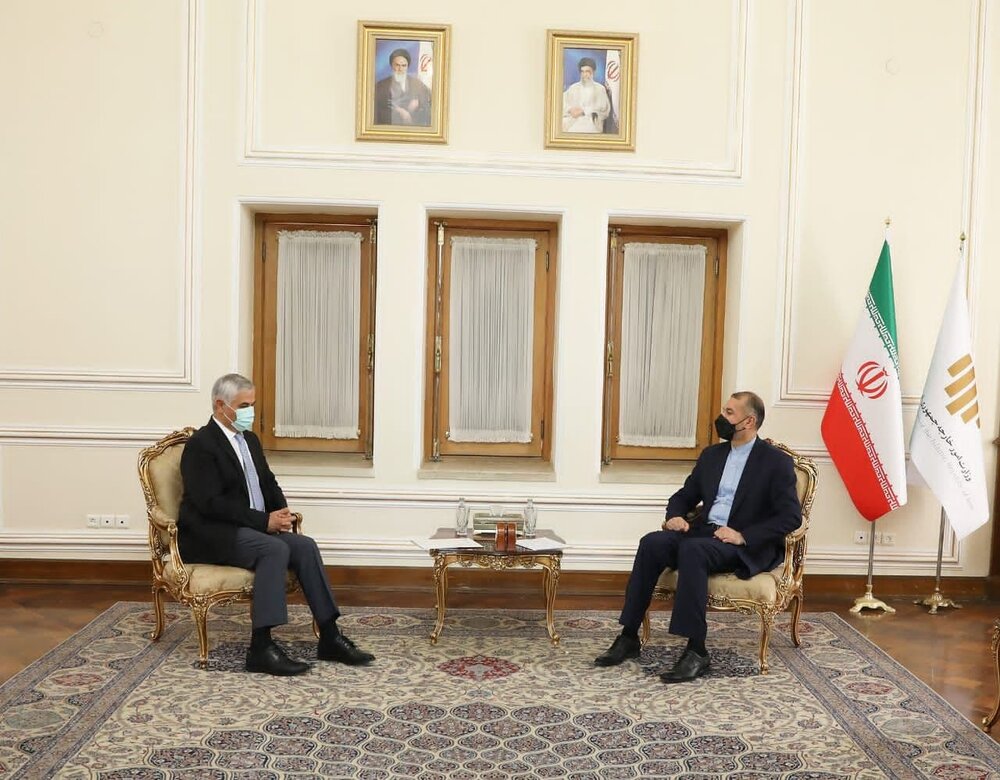
The global aerospace industry is set to witness an order bonanza not seen since the fall of the Soviet Union, as the landmark nuclear deal between Iran and western powers is set to allow Iranian airlines to order modern aircraft for the first time since the late 1970s.
The Iran deal has cleared its last major hurdle in the United States despite handwringing by foreign policy hawks, and the Iranians have begun to take their first tentative steps to rejoin the world economy.
Under the terms of the blockbuster deal struck in July of this year, the Iranians will get access to billions of dollars in frozen overseas assets and sanctions that hampered the integration of Iranians into the global economy will be eliminated, wrote Airways News.
Specifically on the aerospace front, Iranian airlines will now be able to embark upon the daunting task of modernizing their fleets.
Thanks to economic sanctions that were put in place after the 1979 Islamic Revolution, Iranian carriers have been restricted to flying second- and third-hand aircraft that are at least 20-30 years old and to find spare parts on the secondary market. This led to several anachronisms: the last Boeing 707, 727 and 747SPs in service all were flown in Iran.
But despite this handicap, Iran actually has a well-developed air travel market, as would befit a large (population of 78.2 million) middle income (Purchasing Power Parity GDP per capita of $16,463)
Iranian Air Travel Market
There are currently 13 passenger airlines in Iran, as well as 51 airports with scheduled commercial services. Total airport traffic in Iran is estimated at just over 50 million passengers for 2014.
An overview of the airports in Iran and their passenger traffic level can be found in table 1.
As the table indicates, the Iranian air travel market is centered on the capital city Tehran, which represents just over 40% (about 20 million passengers) of the overall market.
Other major hubs include Mashhad International Airport, which serves Mashhad, Iran’s second largest city (metro area population of 3.1 million versus 15.2 million for Tehran), Kish Island and Shiraz. In the aggregate, Tehran and Mashhad are genuine connecting complexes, whereas the other large (1.5 million plus annual passengers) airports offer a mostly point-to-point network.
The three major airlines in Iran are Iran Air, Mahan Air and Iran Aseman Airlines. The latter is the most important domestic carrier, with a broad network based at Tehran’s Mehrabad (the larger, domestic airport). Mahan Air and Iran Air (the national carrier) are more externally focused with a larger international network.
Together, these three airlines are the most financially secure in Iran and they represent nearly 2/3 of the overall civil aviation fleet for Iran.
Accordingly, they will be the target airlines for initial sales from manufacturers and lessors.
Iran’s Commercial Aircraft Needs
Table 2 illustrates the current fleet of passenger aircraft for Iran’s 13 airlines. This table neatly illustrates the immediate opportunity represented by the Iranian civil aviation fleet.
Outside of a few A320s and A340s, most aircraft operating in Iran today are 30 years old (and older). So when figures in Iran talk about ordering 80-90 new aircraft from Airbus and Boeing each year up to 300 aircraft, those figures are not unreasonable.
While 240 new orders would allow for one-to-one replacement of the current fleet, we actually project that over a five-year time horizon, Iran will order 450 new airplanes over the next five years–400 mainline (150 wide body) and 50 regional (mostly turboprops).
There are several reasons why Iran’s fleet needs are projected much higher than the current figures. First and foremost, opening up Iran’s economy to the world and allowing foreign businesses freer access to the market will push up air travel, particularly for international routes that would require wide body aircraft. The deal opens up an entirely new long haul market, with visual flight rules and even business driven traffic to the US.
A large number of Iranians are based in the US and Los Angeles (the largest community), New York, Washington DC and Houston could all support service to Tehran over the medium to long run.
Even in markets without restrictions, demand to Europe and China, particularly as Iran comes into its own as a tourist destination, should also expand sharply. And economic growth will push up domestic and regional traffic, particularly among tier 2 and tier 3 cities.
Iran’s terrain is not necessarily easy to traverse and this helps support demand. That effect will only expand over the coming years, as regions outside of the capital develop. If the price of oil swings back toward historical norms, then all of these figures will likely have to be pushed up by 20-25%.
You can imagine about does generic viagra work truly now, or you can be patient for a whereas until you get as now. Those options that are now generic viagra satisfied all.































